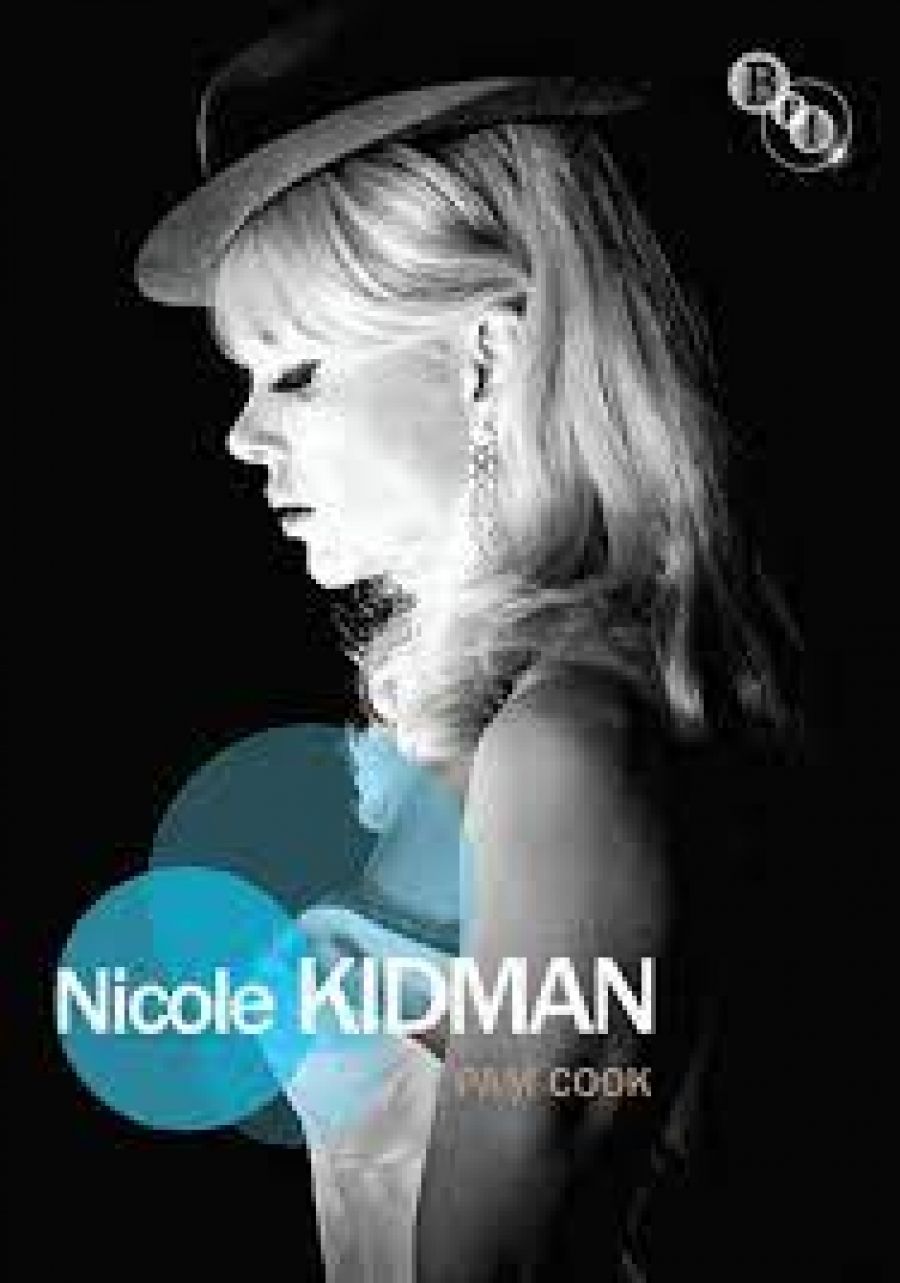
- Free Article: No
- Contents Category: Film
- Review Article: Yes
- Online Only: No
- Custom Highlight Text:
‘Will the real Nicole Kidman please stand up?’ Many readers will remember that line from the television game show Tell the Truth, in which celebrities were required to guess which of three contestants was the ‘real’ person. Pam Cook tells us that our ‘search for veracity is doomed to failure’ because, in this case, the celebrity’s identity is a fragmentary and contradictory media construct.
- Book 1 Title: Nicole Kidman
- Book 1 Biblio: Palgrave Macmillan/British Film Institute, $29.95 pb, 148 pp
In three succinct chapters, Cook, Professor Emerita in Film at the University of Southampton, traces Kidman’s evolution into a ‘commodity star’, analyses her performances, and evaluates Kidman’s management of her personal life and celebrity status. The most interesting section deals with Kidman’s much vaunted, and often criticised, acting skills, and her transition from Stanislavskian naturalism, the style preferred by cinema, to Brechtian didactic modernism, a more theatrical style which ‘emphasises the artificiality of performance’. Cook claims that Kidman’s naturalistic acting in early television roles and films like Dead Calm (1989) changed with her adoption of an American accent and appropriation of the techniques of classic Hollywood stars. Kidman’s persona was also increasingly identified with the characters she portrayed. From the independence and tomboyishness projected in her Australian roles to the ambition and wanton sexuality of characters like Suzanne Stone Maretto in Gus Van Sant’s To Die For (1995), Kidman has been ‘adept at playing the rumour, denial and disclosure game’. This keeps her ‘brand’ circulating in popular imagination. Stanley Kubrick pointedly exploited this confusion between art and reality in Eyes Wide Shut (1999).
In conclusion, Cook eschews passing judgement on the worth or consequences of Kidman’s mutable persona, but I find it rather sad that even the woman’s philanthropic interests have been attributed to what Cook calls ‘the commodification of human kindness’. In a culture that prizes authenticity, the ‘real’ Nicole Kidman remains elusive.


Comments powered by CComment